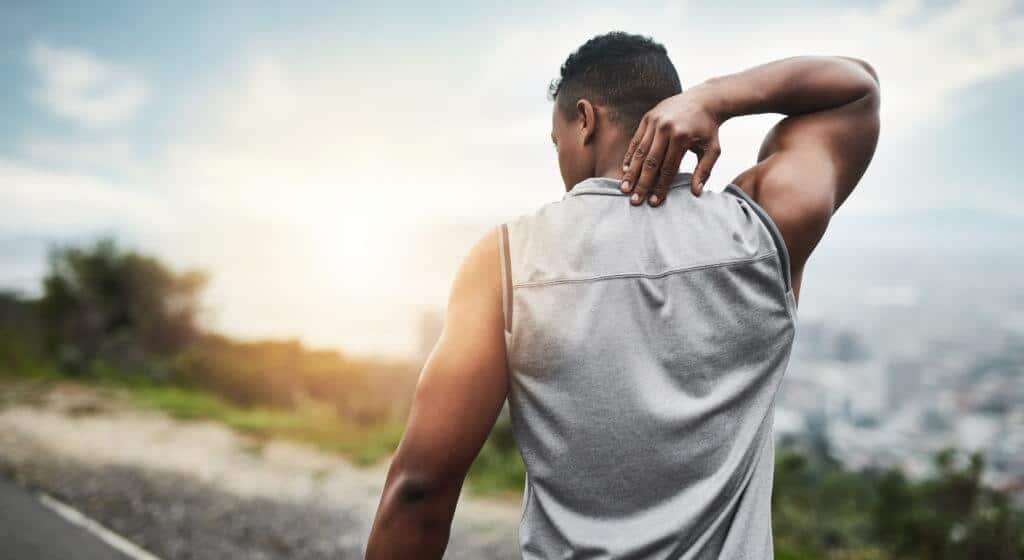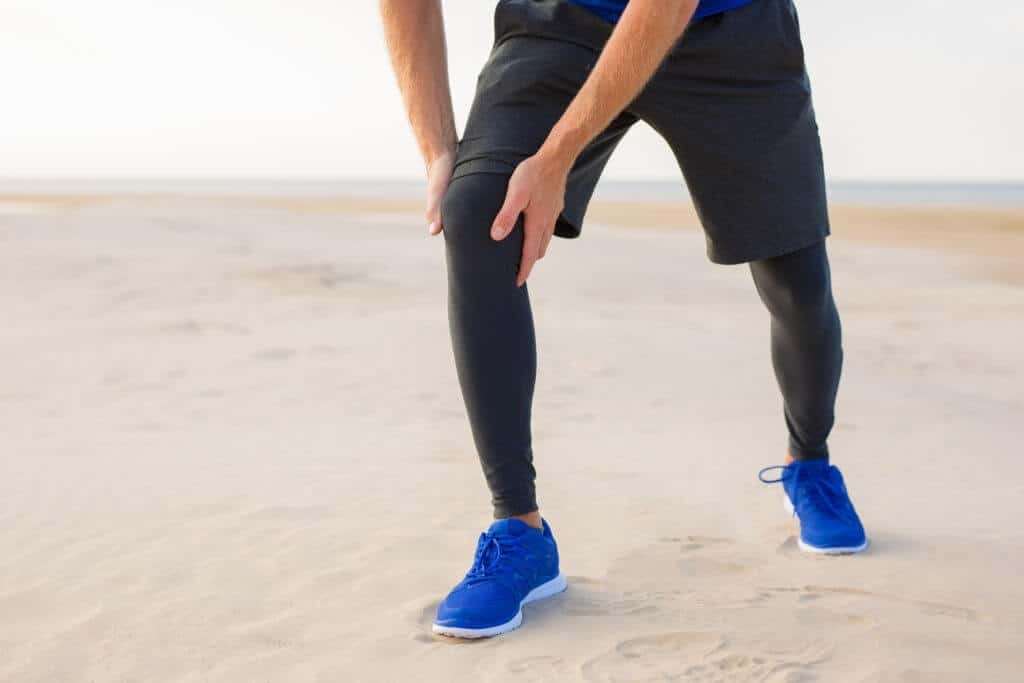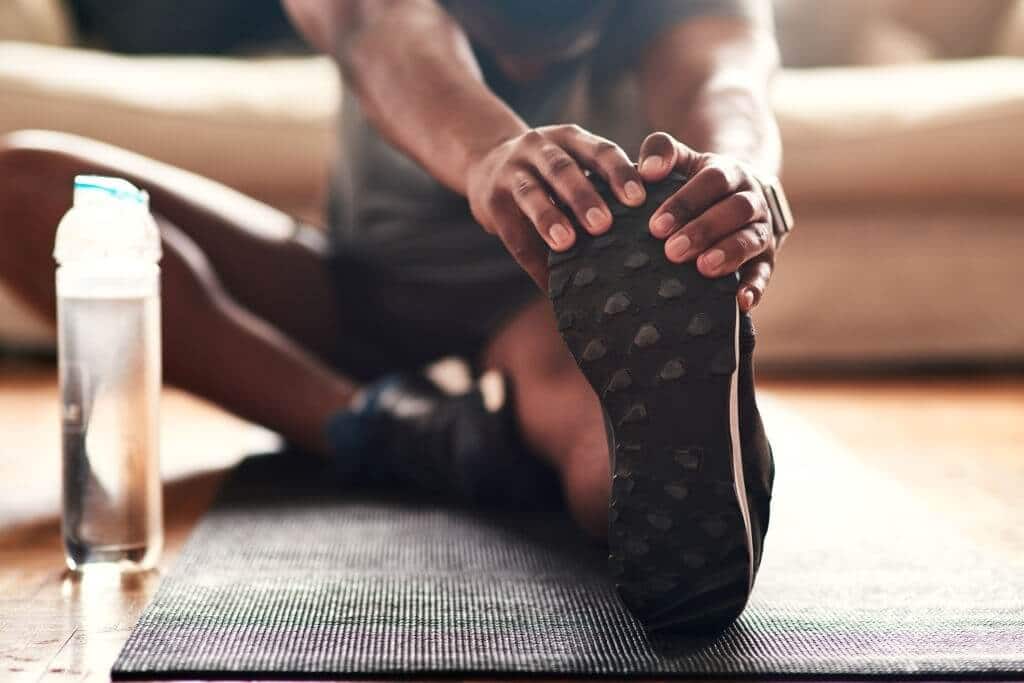5 Ways You Can Beat Workout Muscle Soreness
This entry was posted on September 12, 2020.

No pain, no gain. This saying has been around for ages for a reason.
Working comes with a price and that often comes in the form of workout muscle soreness. Though it is painful, this soreness is actually a good sign that your workout was effective.
Here are more ways to get rid of sore muscles.
Why Do You Feel Sore After Workout?
There is science involved behind sore muscles after a workout. Exercise causes stress on your muscle fibers and tissues.
This leads to micro-tears or small tears in the muscles. The correct term for what you experience is DOMS or delayed onset muscle soreness.
Not to worry though, this is natural and an indicator that your workout was effective.
These muscles repair over time which helps it become more strong. But before it is completely repaired, your muscles experience inflammation. This is why your muscles feel sore after working out.
5 Ways To Beat Sore Muscles After a Workout
You can recover from delayed onset muscle soreness after 24-48 hours.
If you went all out on your workout, it might take longer to recover. If you want to recover faster, here are ways you can aid faster repair of your muscles.
Make Sure To Keep Hydrated
Another reason why your muscles get sore is that you lost important electrolytes.
You also sweat which means you lose water that your body needs. This can lead to reduced blood flow which also causes sore muscles. Staying hydrated not only helps muscles but facilitates greater body functions.
This includes a stronger immune system and better digestion.
Since your muscles work harder, you need to replace the water that you lost. Don’t wait until you are thirsty before you drink water.
You should always drink water, especially while working out. Men’s Journal says that you replenish the same amount of water you lost before your next workout.
Have a bottle of water near you as you work out. You can drink water after every set you finish or after every five minutes of cardio.
Get A Massage To Ease Muscle Pain After Exercise
Inflammation is due to the accumulation of waste products in your muscles. You can flush toxins out and improve blood circulation through light massages.
This can break tight spots in your muscles and lessen muscle swelling.
You can start simple massages while you are showering. If you moisturize or apply lotion as you dry off after showering you can massage sore spots.
Target sore calves, hamstrings, or quads. Others use foam rollers plus heat to add more pressure to the muscles.
Stretch Before And After A Workout
There is a reason why stretches are placed before, after, and even between some workouts. This helps your muscles avoid severe muscle pain after a workout.
The best stretches should prepare your muscles for what you will actually be doing.
For example, if you are planning to go on a long run, start with a light jog as a warm-up. This program your body for the next activity it will be doing.
After an exercise, slow stretches can cool down your muscles and usher in the condition of rest.
Get Enough Rest And Recover After Workout
You deserve to rest. Your muscles deserve rest, especially so it can reduce muscle pain after exercise. Sleep is the body’s most effective way to recover from anything, even muscle soreness.
During sleep, your body produces Human Growth Hormone, a chemical for muscle building.
But make sure you get deep sleep as it is during this process that your body can produce the growth hormone. Get at least 7 hours of uninterrupted sleep for greater recovery.
Practice Active Recovery
We know. You want to stay still. The last thing on your mind is to do any physical activity because of your sore muscles.
But believe or not, it would not do any good to just sit and stay still. You would need to at least do light and gentle activities to at least stretch and relax your muscles.
It might be a bit painful to start moving, but doing active recovery actually helps blood flow. It also warms up your muscles and releases any tight feeling. You can opt to go swimming or riding a bike to reduce muscle tightness.
It can become discouraging to continue exercising when you feel beat up afterwards. Remember that delayed onset muscle soreness or DOMS is natural and is a good sign of progress. This is also the body’s way to remind you that you should not overdo exercising and you should take time to rest.
More from Fitness Expo
Building Strong Muscles with Vitamin D
Dos and Don’ts of Buying Exercise Equipment





